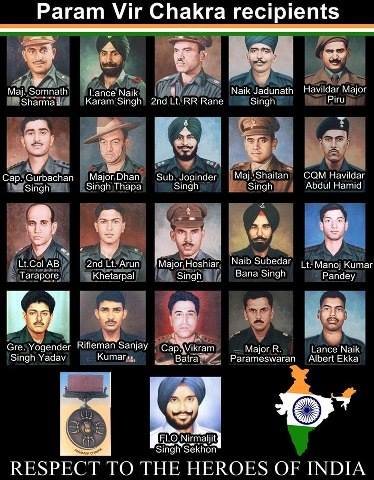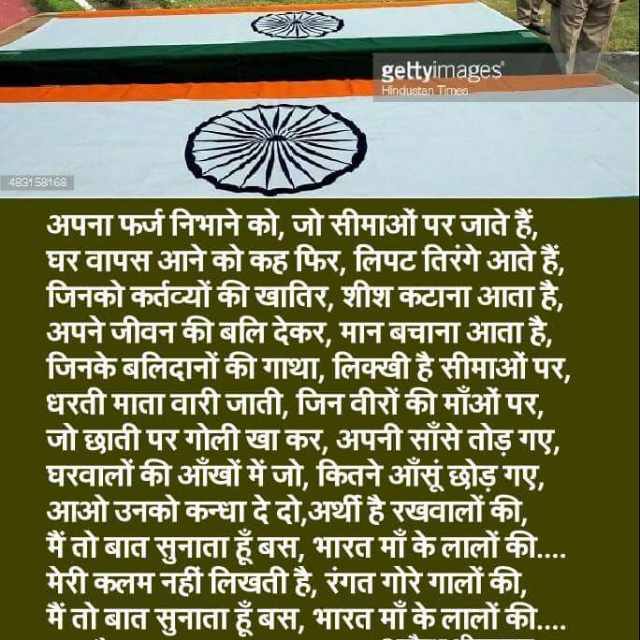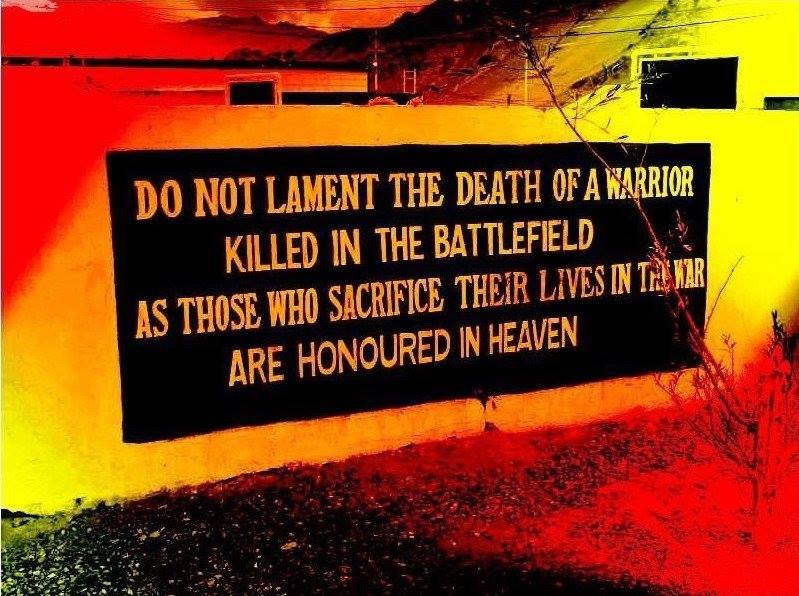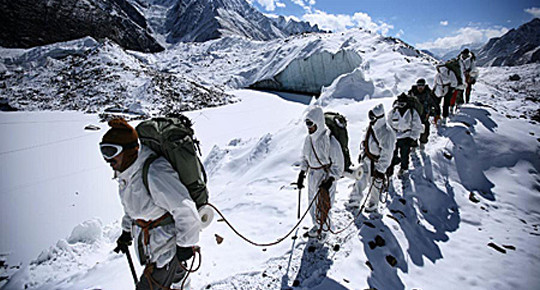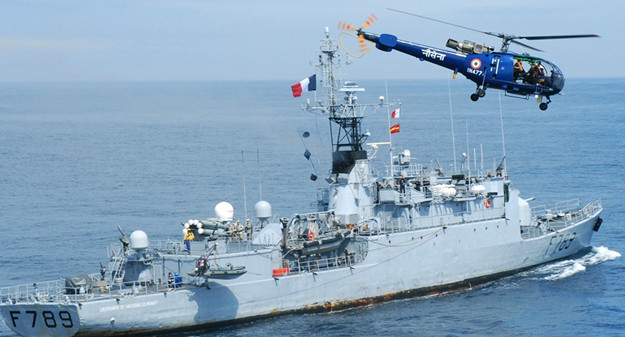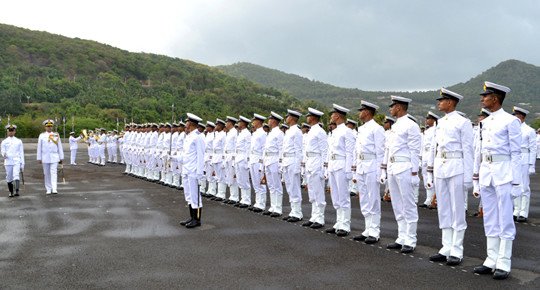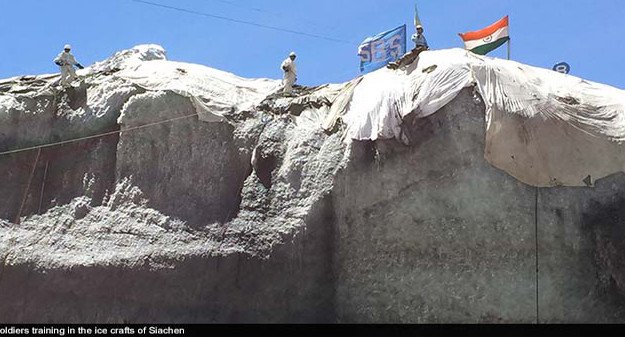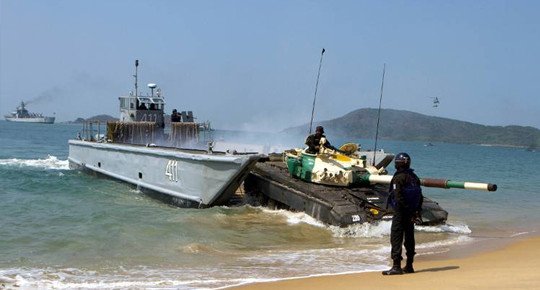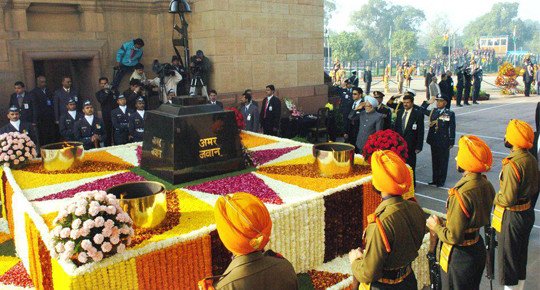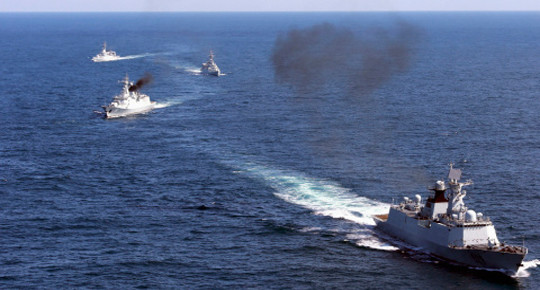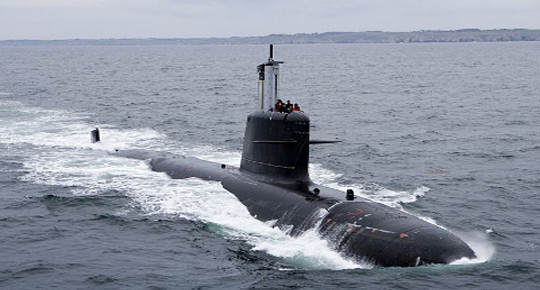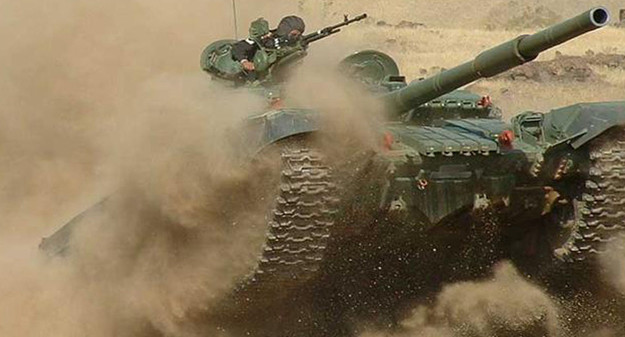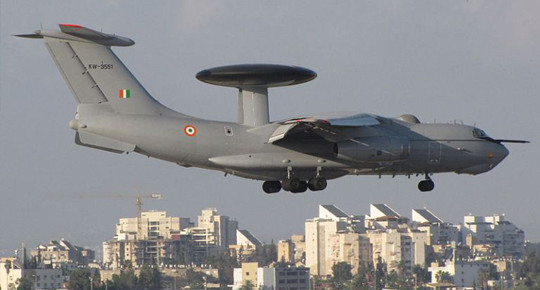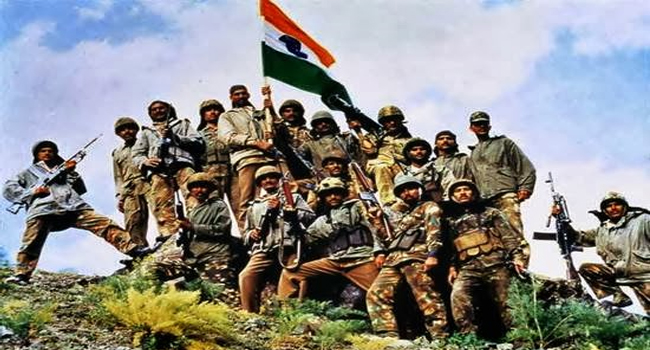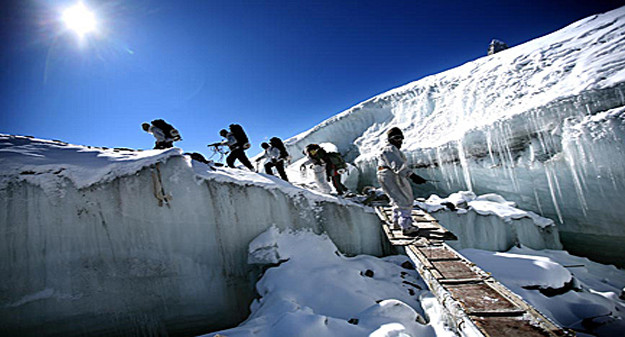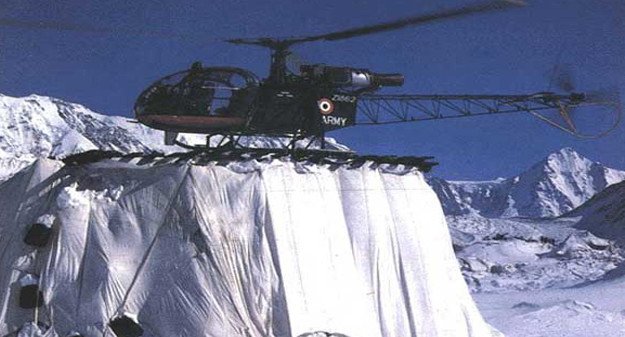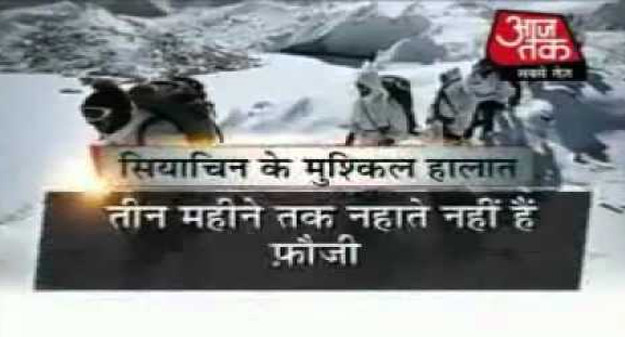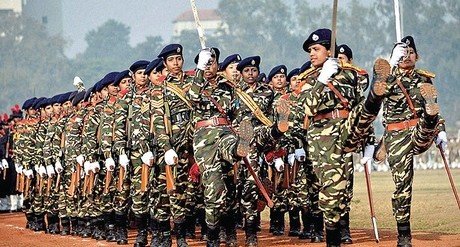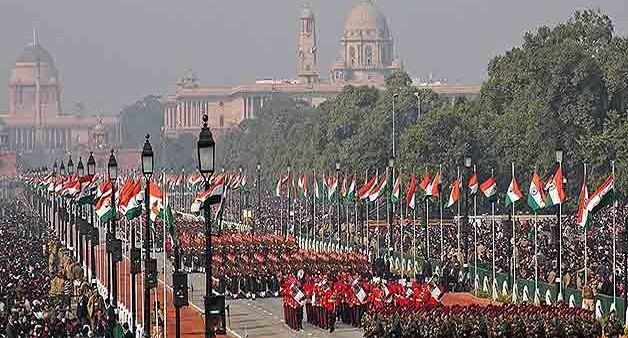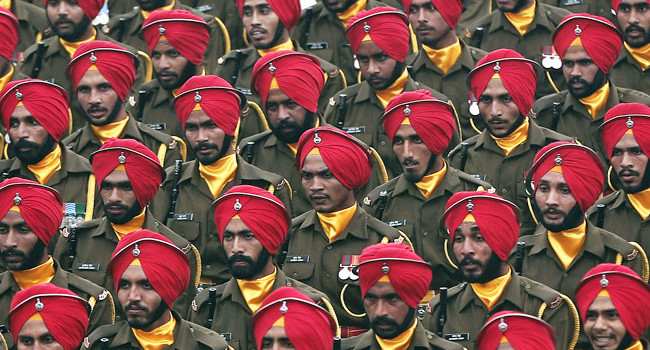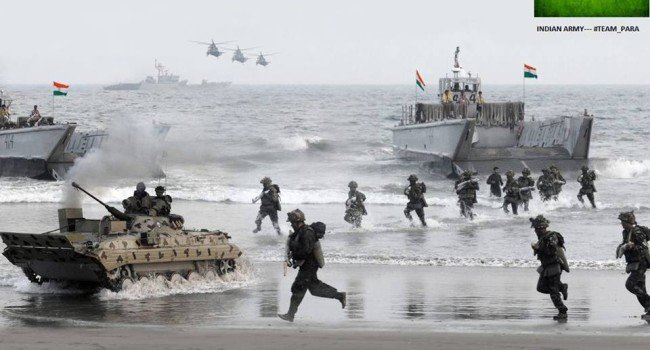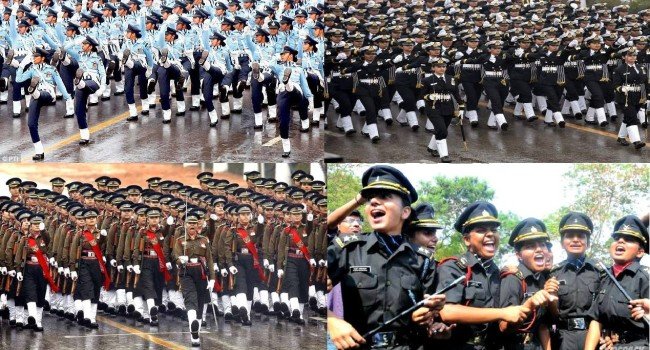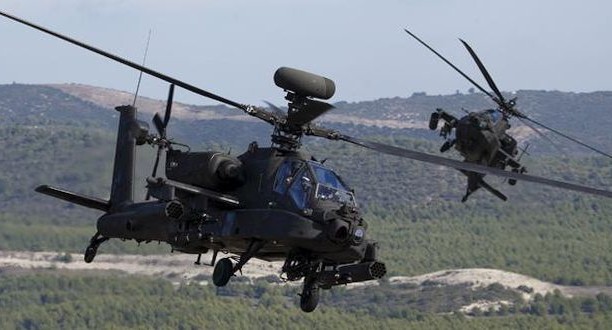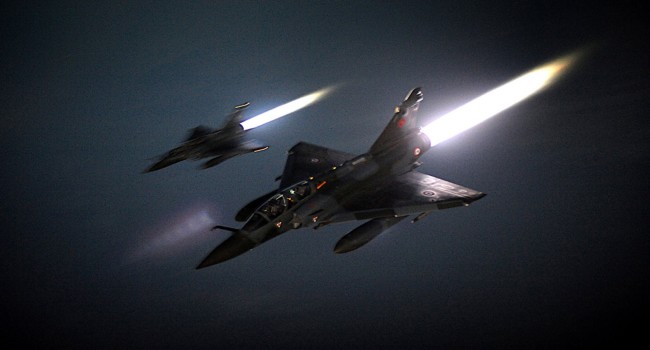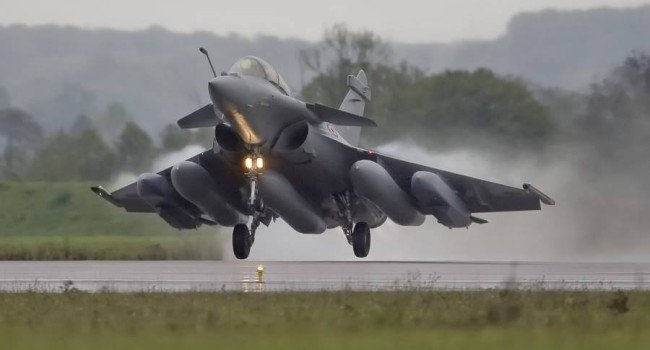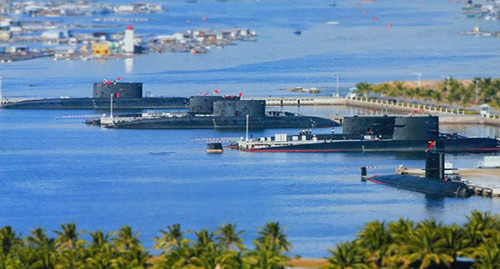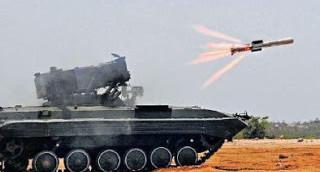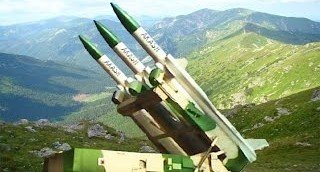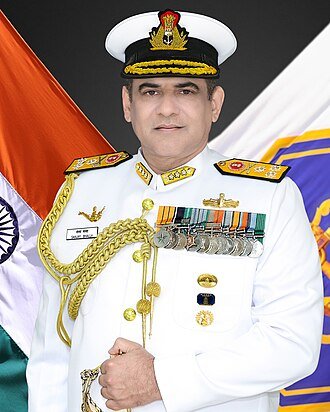
The onboard deep learning-based target recognition algorithms enable autonomous classification, significantly reducing operator workload and mission time
A new-generation of Man-portable Autonomous Underwater Vehicles (MP-AUVs) have been successfully developed by the Defence Research and Development Organisation (DRDO) for mine countermeasure missions.
The platform, which is expected to be ready for production in two months, offers rapid response capability with reduced operational risk and logistic footprint for naval mine warfare applications.
The system, designed by DRDO’s Naval Science and Technological Laboratory, comprises multiple AUVs equipped with side scan sonar and under water cameras as primary payloads for real-time detection and classification of mine-like objects.
The onboard deep learning-based target recognition algorithms enable autonomous classification, significantly reducing operator workload and mission time.
Additionally, a robust underwater acoustic communication has been integrated to facilitate inter-AUV data exchange during operations ensuring enhanced situational awareness.
The recently concluded harbour field trials have successfully validated salient systems parameters and critical mission objectives, a defence spokesperson said on Friday.
Multiple industry partners are involved in system realisation and the system will be ready for production in next couple of months, he added.
Secretary, Department of Defence Research and Development and Chairman DRDO, Dr Samir V Kamat has complimented the NSTL team for the successful development of MP-AUVs, terming it as a major milestone towards deployable, intelligent, and networked mine countermeasure solution.










